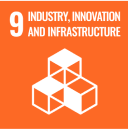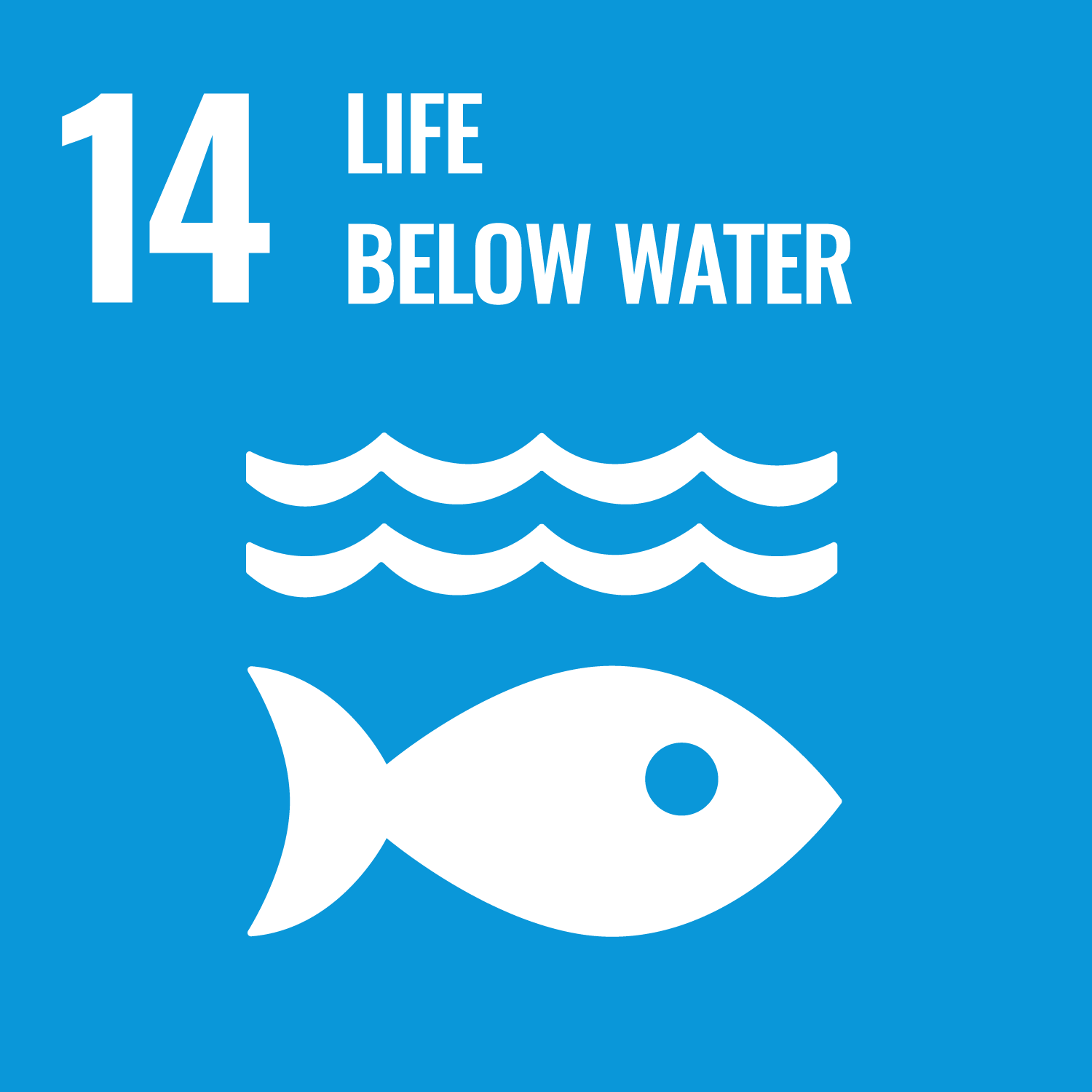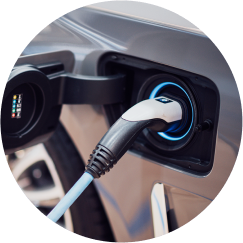Synergies in Innovations
Engineering a SeaChange in
Carbon Management
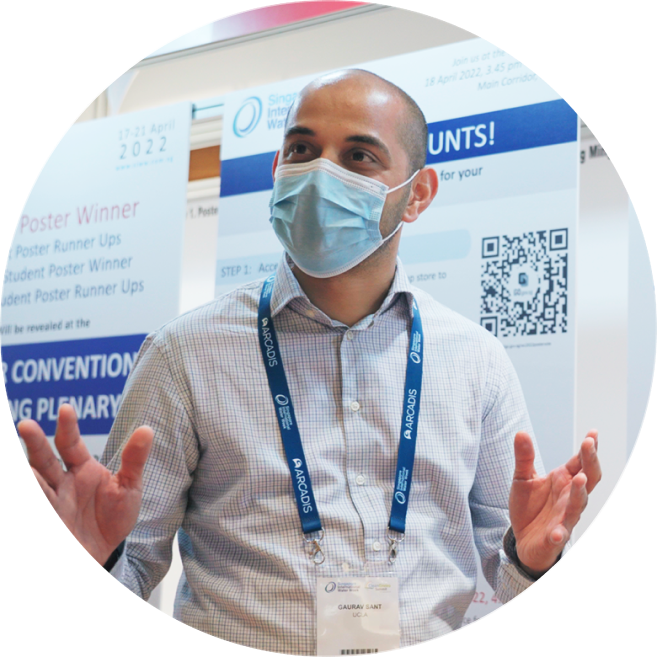
Synergies in Innovations
Engineering a SeaChange in
Carbon Management
Changing weather patterns cause disruptions to the balance of nature, resulting in extreme weather events like heat waves, severe storms, flooding, drought and warm, rising ocean levels.
The biggest culprit for climate change? Carbon emissions.
To Gaurav N. Sant, a professor of engineering at the University of California, Los Angeles, large-scale removal of carbon is the most important challenge that we must tackle in the coming decades.
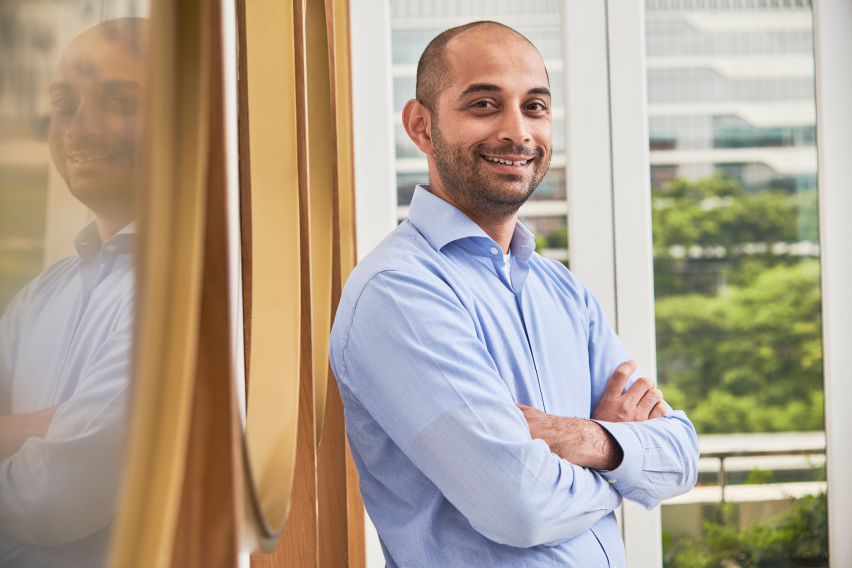
“Carbon dioxide accumulation in the atmosphere is the origin of climate change. This is a problem about 200 years in the making, since the start of the Industrial Revolution, when we began making steel and burning fossil fuels to produce energy. Every year, we emit 40 billion tonnes of carbon dioxide into the atmosphere,” said Gaurav, whose team won The Liveability Challenge 2021 for their carbon capture solution.
Yet, it can be difficult to change our lifestyles to reduce carbon emissions after becoming accustomed to the modern benefits that cause it.
According to Gaurav, the issue of carbon emissions is challenging to resolve with current carbon management solutions which are expensive and difficult to scale.
For instance, carbon capture and sequestration technologies run the risk of carbon dioxide leakage and provide no useful end products. Capturing carbon dioxide from the air is also not effective as there is a low concentration of carbon dioxide in the atmosphere. The need to compress and transport carbon dioxide also drives up costs.
Using Nature to Manage Carbon Emissions
These issues motivated Gaurav and his team to develop SeaChange, a solution that converts carbon dioxide in the oceans into stable solids, which can be used to produce value-added materials for use in the construction industry.
Our oceans are the largest sink for man-made carbon emissions.
It is also the largest natural system that achieves carbon management. With that in mind, we thought of how to expand the ocean's ability to absorb carbon dioxide from the atmosphere," shared Gaurav.
Explaining the process, he added, “We pass an electric current through the seawater which allows us to recombine constituents of seawater. This allows us to lock up carbon dioxide permanently and for long periods.”
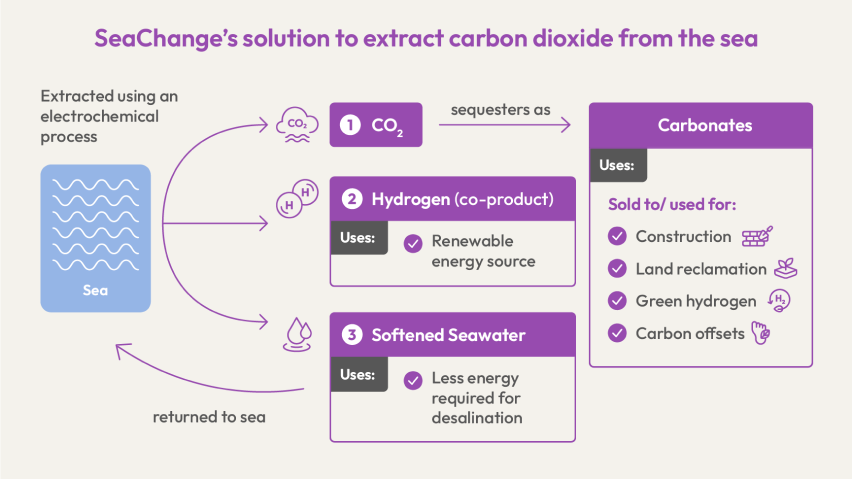
This process also produces useful by-products such as solid carbonates, hydrogen, and softened water. These solid carbonates can be used for land restoration, cement, or concrete.
Additionally, the technology achieves circularity because it creates a source of clean energy while removing carbon dioxide emissions. All these can also be implemented on a global scale given the number of oceans.
The softened water produced is also one of the reasons why SeaChange is working with Singapore’s national water agency, PUB, to develop the world’s first carbon extracting desalination plant in Tuas.
Collaborating for Greater Impact
According to Dr Gurdev Singh, Deputy Director at PUB’s Technology Department, SeaChange’s technology is attractive because it is aligned with PUB’s goals to reduce carbon emissions.
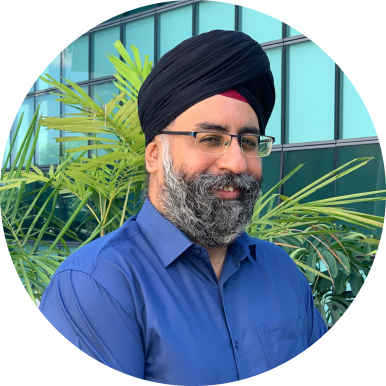
Sustainability has always been at the core of what we do at PUB. As we project into the future, we expect our water demand to double, and with that our energy requirements will increase, and hence too our carbon emissions,” said Gurdev.
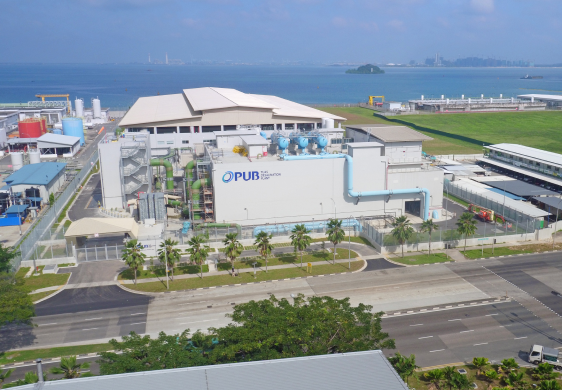
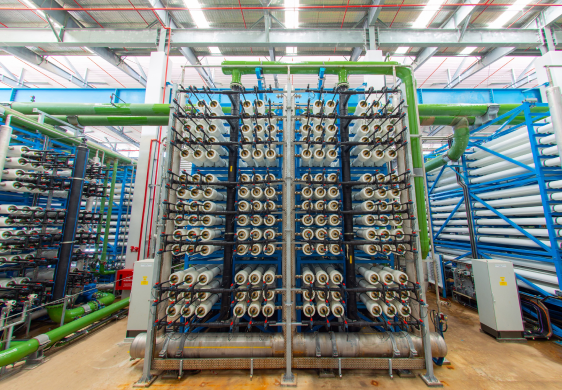
Gurdev came across SeaChange’s technology through Temasek Foundation. Upon realising the synergies between SeaChange’s technology and PUB’s desalination operations, PUB decided to partner SeaChange to trial their technology within their Tuas Research and Development facility. The pilot allows PUB to determine the best way to integrate SeaChange’s technology into the process of desalinating seawater. At the same time, it also allows both parties to optimise carbon abatement and the resources that can be recovered through the process.
PUB expects to abate 60% of its carbon emissions by 2050 via the use of clean energy and reduce the energy requirements for water treatment processes. Carbon removal solutions, including SeaChange’s pilot decarbonisation system, can help to remove the remaining 40% of PUB’s carbon emissions in the future.
For Gaurav, partnering PUB allows SeaChange to experiment with the right deployment strategy. He expects to have an operational demonstration system in Singapore by the first quarter of 2023.
In the future, Gaurav hopes to build larger demonstration plants in Singapore and around the world.
“We are trying to reduce the risk of building a full-scale commercial plant by systematically scaling up to work out the kinks along the way,” he explained.
With these goals in mind, Gaurav and his team are continuously engineering a sea change in carbon management.
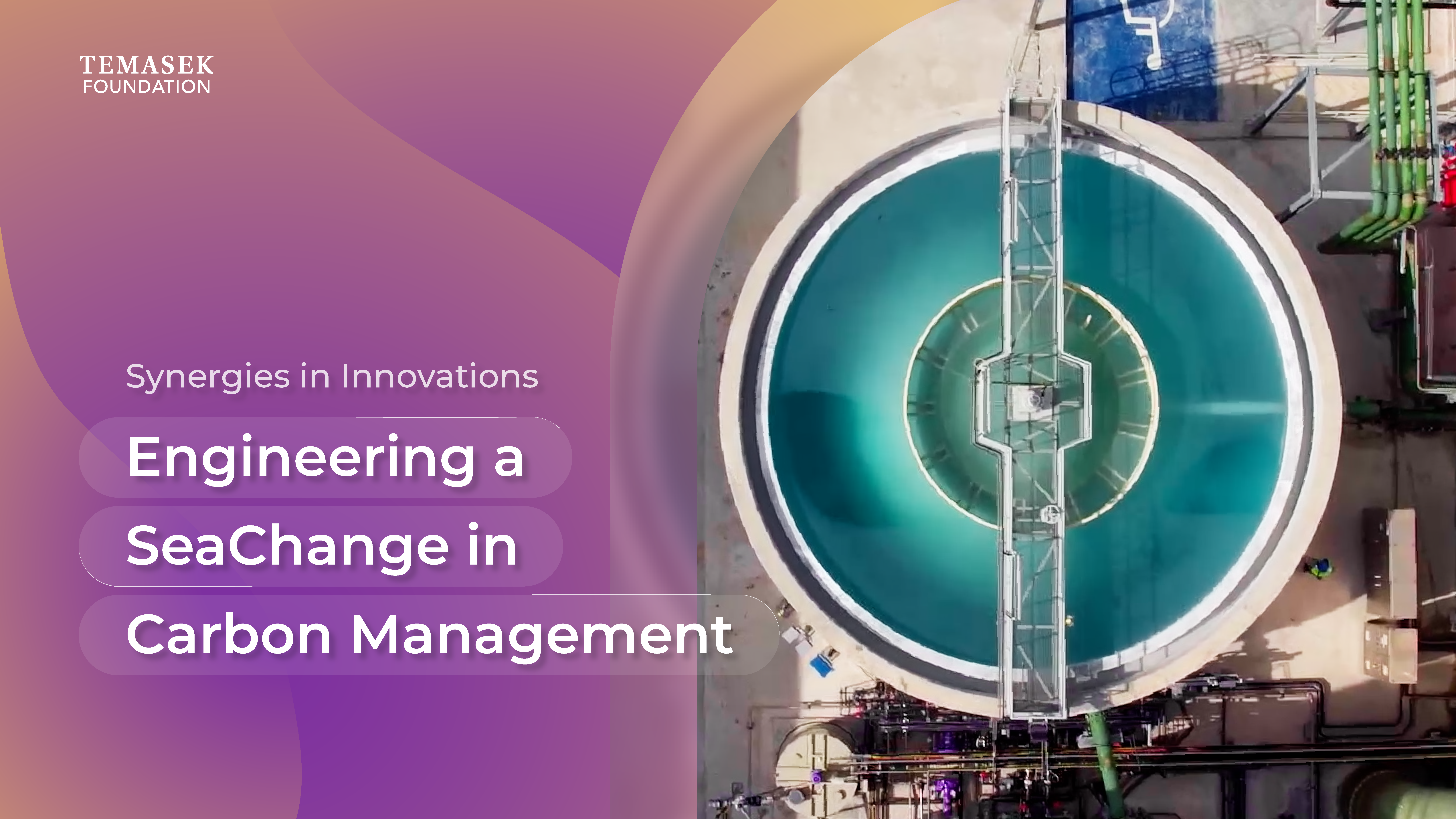
The Liveability Challenge
Presented by Temasek Foundation, The Liveability Challenge is a global platform that seeks ground-breaking solutions to tackle pressing sustainability issues. Finalists are given up to S$1 million to fund their game-changing solutions.
Past Winners of The Liveability Challenge
2018: RWDC Industries for its biodegradable straws
2019: Sophie’s Bionutrients for producing protein from microalgae using food manufacturing by-product
2020: Turtletree for its cell-based milk production
Changing weather patterns cause disruptions to the balance of nature, resulting in extreme weather events like heat waves, severe storms, flooding, drought and warm, rising ocean levels.
The biggest culprit for climate change? Carbon emissions.
To Gaurav N. Sant, a professor of engineering at the University of California, Los Angeles, large-scale removal of carbon is the most important challenge that we must tackle in the coming decades.

“Carbon dioxide accumulation in the atmosphere is the origin of climate change. This is a problem about 200 years in the making, since the start of the Industrial Revolution, when we began making steel and burning fossil fuels to produce energy. Every year, we emit 40 billion tonnes of carbon dioxide into the atmosphere,” said Gaurav, whose team won The Liveability Challenge 2021 for their carbon capture solution.
Yet, it can be difficult to change our lifestyles to reduce carbon emissions after becoming accustomed to the modern benefits that cause it.
According to Gaurav, the issue of carbon emissions is challenging to resolve with current carbon management solutions which are expensive and difficult to scale.
For instance, carbon capture and sequestration technologies run the risk of carbon dioxide leakage and provide no useful end products. Capturing carbon dioxide from the air is also not effective as there is a low concentration of carbon dioxide in the atmosphere. The need to compress and transport carbon dioxide also drives up costs.
Using Nature to Manage Carbon Emissions
These issues motivated Gaurav and his team to develop SeaChange, a solution that converts carbon dioxide in the oceans into stable solids, which can be used to produce value-added materials for use in the construction industry.
Our oceans are the largest sink for man-made carbon emissions.
It is also the largest natural system that achieves carbon management. With that in mind, we thought of how to expand the ocean's ability to absorb carbon dioxide from the atmosphere," shared Gaurav.
Explaining the process, he added, “We pass an electric current through the seawater which allows us to recombine constituents of seawater. This allows us to lock up carbon dioxide permanently and for long periods.”

This process also produces useful by-products such as solid carbonates, hydrogen, and softened water. These solid carbonates can be used for land restoration, cement, or concrete.
Additionally, the technology achieves circularity because it creates a source of clean energy while removing carbon dioxide emissions. All these can also be implemented on a global scale given the number of oceans.
The softened water produced is also one of the reasons why SeaChange is working with Singapore’s national water agency, PUB, to develop the world’s first carbon extracting desalination plant in Tuas.
Collaborating for Greater Impact
According to Dr Gurdev Singh, Deputy Director at PUB’s Technology Department, SeaChange’s technology is attractive because it is aligned with PUB’s goals to reduce carbon emissions.

Sustainability has always been at the core of what we do at PUB. As we project into the future, we expect our water demand to double, and with that our energy requirements will increase, and hence too our carbon emissions,” said Gurdev.


Gurdev came across SeaChange’s technology through Temasek Foundation. Upon realising the synergies between SeaChange’s technology and PUB’s desalination operations, PUB decided to partner SeaChange to trial their technology within their Tuas Research and Development facility. The pilot allows PUB to determine the best way to integrate SeaChange’s technology into the process of desalinating seawater. At the same time, it also allows both parties to optimise carbon abatement and the resources that can be recovered through the process.
PUB expects to abate 60% of its carbon emissions by 2050 via the use of clean energy and reduce the energy requirements for water treatment processes. Carbon removal solutions, including SeaChange’s pilot decarbonisation system, can help to remove the remaining 40% of PUB’s carbon emissions in the future.
For Gaurav, partnering PUB allows SeaChange to experiment with the right deployment strategy. He expects to have an operational demonstration system in Singapore by the first quarter of 2023.
In the future, Gaurav hopes to build larger demonstration plants in Singapore and around the world.
“We are trying to reduce the risk of building a full-scale commercial plant by systematically scaling up to work out the kinks along the way,” he explained.
With these goals in mind, Gaurav and his team are continuously engineering a sea change in carbon management.

The Liveability Challenge
Presented by Temasek Foundation, The Liveability Challenge is a global platform that seeks ground-breaking solutions to tackle pressing sustainability issues. Finalists are given up to S$1 million to fund their game-changing solutions.
Past Winners of The Liveability Challenge
2018: RWDC Industries for its biodegradable straws
2019: Sophie’s Bionutrients for producing protein from microalgae using food manufacturing by-product
2020: Turtletree for its cell-based milk production
OTHER STORIES
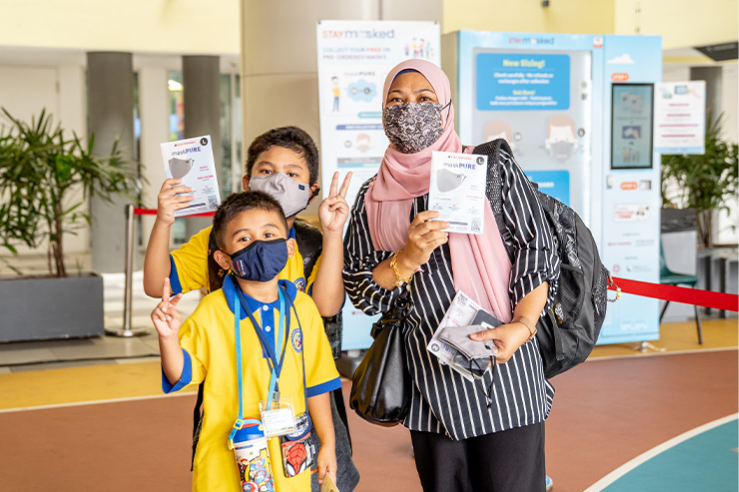
COVID-19 Initiatives
A Race Against Time to Fight a Deadly Virus
Equipping local and international communities with critical resources to keep them safe during the COVID-19 pandemic
READ MORE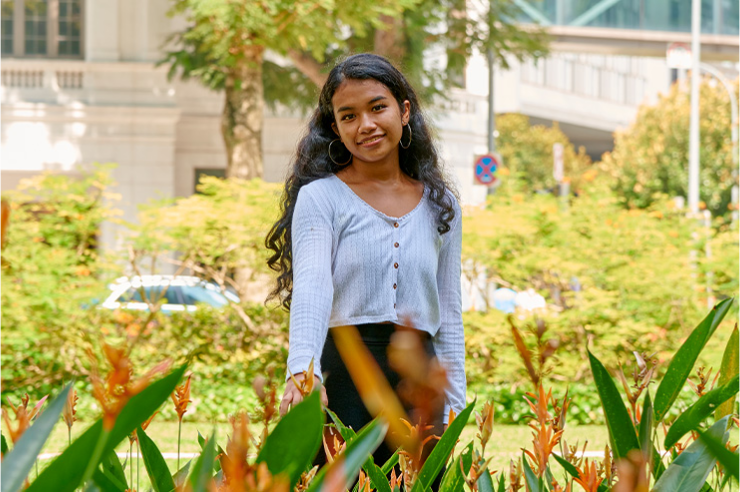
Synergies in Communities
Eradicating a “Silent Killer” in Singapore with Vaccination
Encouraging vaccination against cervical cancer for Singaporean women from low-income families
READ MORE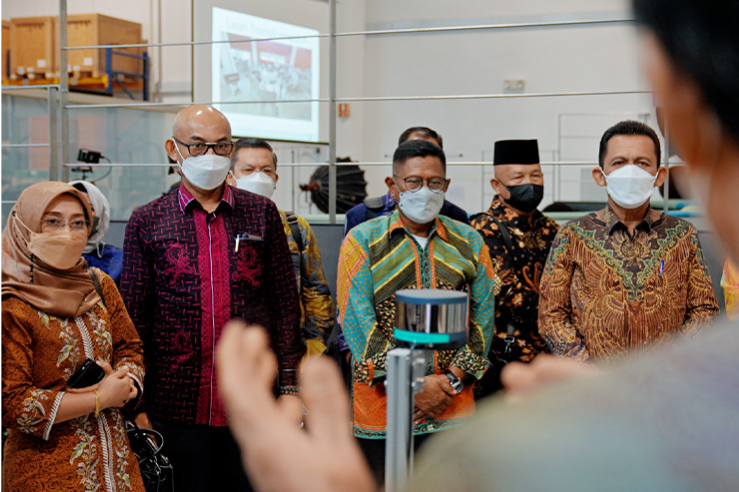
Synergies in Partnerships
Collaborating for Better Food Security
Improving food productivity and supply chain capabilities with Industry 4.0 principles
READ MORE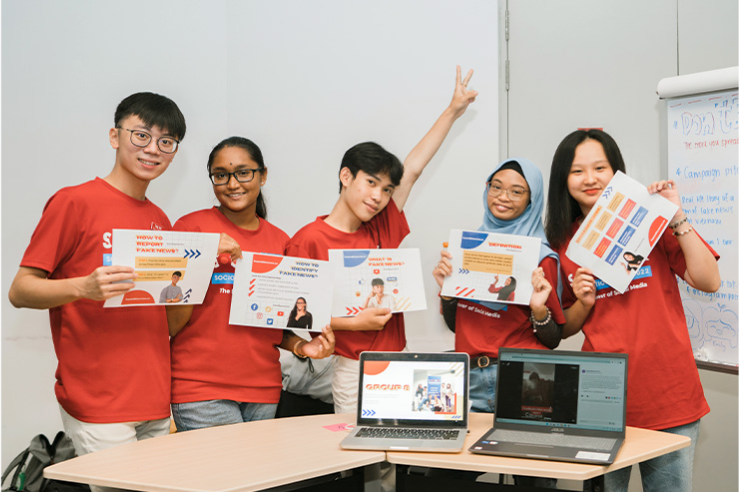
Youth Programmes
Nurturing a New Generation of Resilient Leaders
Supporting youth leaders to be future-ready
READ MORE